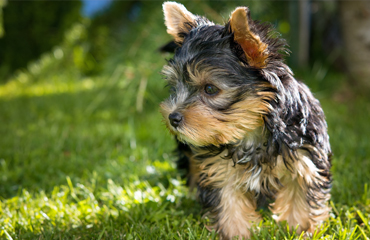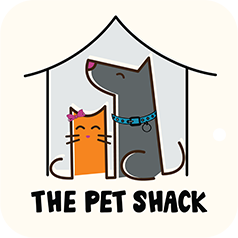Raw Dog Food – An Ideal Meal plan or a Dangerous fad?

Raw dog food diets are controversial. But the popularity of the diets — which emphasize raw meat, bones, fruits, and vegetables — is rising.
Racing greyhounds and sled dogs have long eaten raw food diets. Extending those feeding practices to the family pet is a more recent idea, proposed in 1993 by Australian veterinarian Ian Billinghurst. He called his feeding suggestions the BARF diet, an acronym that stands for Bones and Raw Food, or Biologically Appropriate Raw Food.
Billinghurst suggested that adult dogs would thrive on an evolutionary diet based on what canines ate before they became domesticated: Raw, meaty bones and vegetable scraps. Grain-based commercial pet foods, he contended, were harmful to a dog’s health.
Many mainstream veterinarians disagree, as does the FDA. The risks of raw diets have been documented in several studies published in veterinary journals.
Potential benefits of the raw dog food diet that supporters tout include:
- Shinier coats
- Healthier skin
- Cleaner teeth
- Higher energy levels
- Smaller stools
Potential risks include:
- Threats to human and dog health from bacteria in raw meat
- An unbalanced diet that may damage the health of dogs if given for an extended period
- Potential for whole bones to choke an animal, break teeth or cause an internal puncture
Since Billinghurst’s book,Give Your Dog a Bone, was published, several other types of raw dog food diets have emerged, including commercially processed raw food diets that are frozen or freeze-dried and combination diets that use blends of grains, vegetables, and vitamins that are mixed with raw meat purchased by the owner at the grocery store.
Raw dog food recipes and meal suggestions are readily found online and in books. Interest from pet owners continues to grow, with the widespread recall of melamine-contaminated pet food in 2007 bringing in new followers.
Raw dog food diet: What it is
A raw dog food diet typically consists of:
- Muscle meat, often still on the bone
- Bones, either whole or ground
- Organ meats such as livers and kidneys
- Raw eggs
- Vegetables like broccoli, spinach, and celery
- Apples or other fruit
- Some dairy, such as yogurt
Raw Dog Food Diet: What the research shows
For pet owners who want to avoid commercial food, Freeman, a nutrition professor at the Cummings School of Veterinary advises a cooked homemade diet designed by a nutritionist certified by the American College of Veterinary Nutrition. She says that many of the benefits attributed to a raw food diet for dogs, such as a shinier coat, instead are the result of the high-fat composition of the typical raw diet. High-fat commercial foods that would produce the same effect are available, she notes, without the risk of an unbalanced diet. Supplements can also be used as an alternative to increased fat in the diet.
Raw Dog Food Diet: Concerns Overblown?
Supporters of raw dog food diets are quick to point out that commercially processed pet foods can contain harmful bacteria, as can raw meat offered for human consumption.
The FDA guidance document also suggested that manufacturers address typical nutrition problems in a raw-meat diet, including making sure it contained enough calcium and phosphorous, important for bone health. Raw-meat diets high in the liver also may supply too much vitamin A, which can lead to vitamin A toxicity if fed for an extended period.
Even veterinarians like Knueven who support raw dog food diets say that they’re not appropriate for all dogs. Because the diets are typically high in protein, they aren’t appropriate for dogs with late-stage kidney or severe liver failure.
He recommends that dogs with pancreatitis or other digestive issues start with a cooked, homemade diet and clear up problems before switching to raw. Dogs with cancer, on chemotherapy, or dogs with other immunosuppressive diseases also should not eat raw food. And puppies aren’t good candidates, either.




